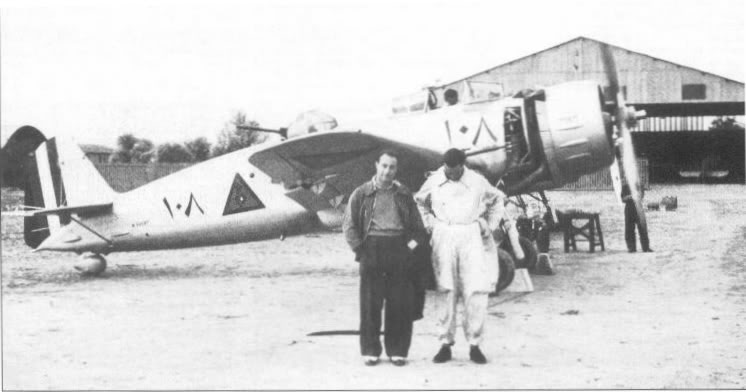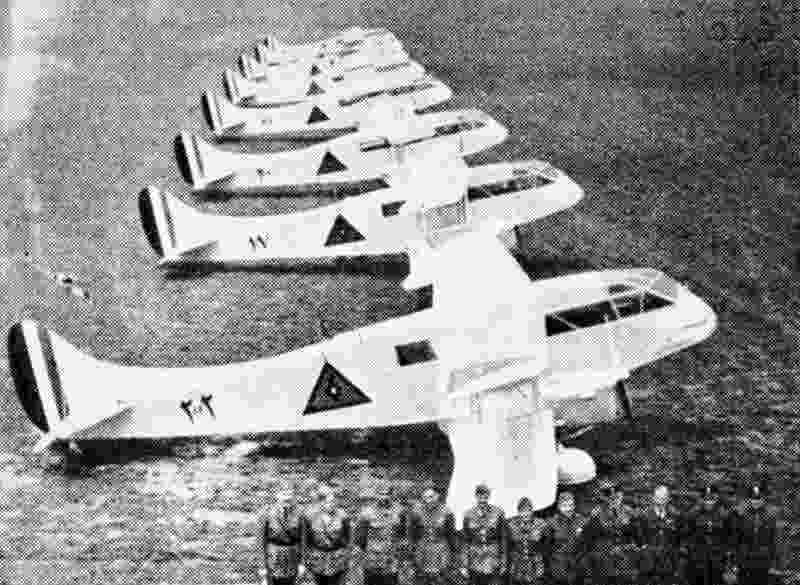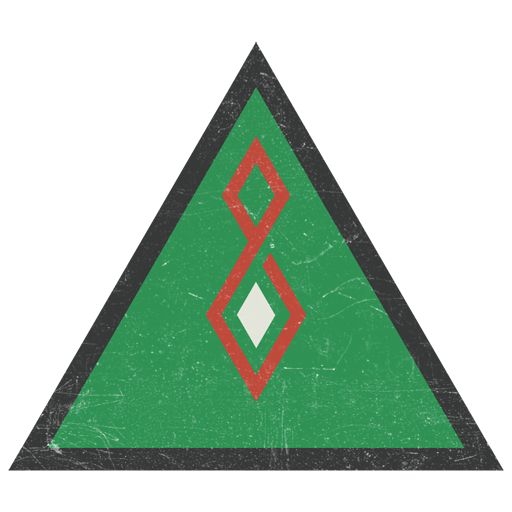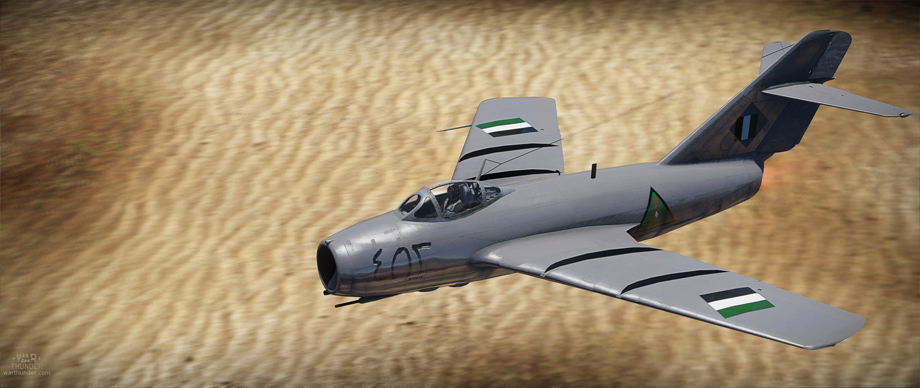
- For PC
- For MAC
- For Linux
- OS: Windows 10 (64 bit)
- Processor: Dual-Core 2.2 GHz
- Memory: 4GB
- Video Card: DirectX 11 level video card: AMD Radeon 77XX / NVIDIA GeForce GTX 660. The minimum supported resolution for the game is 720p.
- Network: Broadband Internet connection
- Hard Drive: 23.1 GB (Minimal client)
- OS: Windows 10/11 (64 bit)
- Processor: Intel Core i5 or Ryzen 5 3600 and better
- Memory: 16 GB and more
- Video Card: DirectX 11 level video card or higher and drivers: Nvidia GeForce 1060 and higher, Radeon RX 570 and higher
- Network: Broadband Internet connection
- Hard Drive: 75.9 GB (Full client)
- OS: Mac OS Big Sur 11.0 or newer
- Processor: Core i5, minimum 2.2GHz (Intel Xeon is not supported)
- Memory: 6 GB
- Video Card: Intel Iris Pro 5200 (Mac), or analog from AMD/Nvidia for Mac. Minimum supported resolution for the game is 720p with Metal support.
- Network: Broadband Internet connection
- Hard Drive: 22.1 GB (Minimal client)
- OS: Mac OS Big Sur 11.0 or newer
- Processor: Core i7 (Intel Xeon is not supported)
- Memory: 8 GB
- Video Card: Radeon Vega II or higher with Metal support.
- Network: Broadband Internet connection
- Hard Drive: 62.2 GB (Full client)
- OS: Most modern 64bit Linux distributions
- Processor: Dual-Core 2.4 GHz
- Memory: 4 GB
- Video Card: NVIDIA 660 with latest proprietary drivers (not older than 6 months) / similar AMD with latest proprietary drivers (not older than 6 months; the minimum supported resolution for the game is 720p) with Vulkan support.
- Network: Broadband Internet connection
- Hard Drive: 22.1 GB (Minimal client)
- OS: Ubuntu 20.04 64bit
- Processor: Intel Core i7
- Memory: 16 GB
- Video Card: NVIDIA 1060 with latest proprietary drivers (not older than 6 months) / similar AMD (Radeon RX 570) with latest proprietary drivers (not older than 6 months) with Vulkan support.
- Network: Broadband Internet connection
- Hard Drive: 62.2 GB (Full client)
'Iraqi Mig-15bis of 5 Sqn, IrAF', camouflage by Stylus_Waffe | download here
The Iraqi Air Force’s (القوة الجوية العراقية; Al Quwwa al Jawwiya al Iraqiya) was founded in 1931 under name of the Royal Iraqi Air Force (abbreviated RIrAF). At the time, Iraq was a League of Nations mandate (which it became in 1920) This was administered by the United Kingdom. In Britain, the first batch of five Iraqi pilots received their aviation training at the RAF College Cranwell. On the day of return, which is the 22nd of April: This is recognised, as the official date of founding of the RIrAF. The initial inventory of the newly founded air force consisted of primarily British aircraft, such as Hawker Fury biplane fighters or Hawker Audax reconaissance aircraft. In the following years, after the Iraq achieved independence as a Kingdom of Iraq in 1932. The RIrAF aquired a number of Italian Breda Ba.65 attack aircraft as well as Savoia-Marchetti SM.79 Sparviero bombers. However, the air force was still only a very small organisation, as the goverment allocated the absolute majority of its defense budget to the Iraqi Army - by 1936. The RIrAF had, only 37 pilots and 55 aircraft.
 |
| An Iraqi Hawker Audax ("Nisr") |
The first operational deployment of the RIrAF occured in 1934, during the rebellion of tribesmen in southern Iraq, where the RIrAF suffered its first combat loss. The first conventional combat, the 1941 Anglo-Iraqi War incited by the Rashid Ali’s coup d’état however ended far worse for the Iraqi aviators. At the time, the RIrAF consisted of roughly 120 aircraft with only about a half of them serviceable - the number included aircraft such as already mentioned Ba.65 attackers and SM.79 bombers, as well as de Havilland Tiger Moth trainers and Northrop A-17 light bombers. Absolute most of them werehowever destroyed by British air raids, and the RIrAF practically ceased to exist as a fighting force. Meanwhile, however, the rebel goverment concluded a deal with Germany, as German officials had shown an interest in recognizing the independent Iraq and agreed to send war material to the rebels, including modern aircraft.
Eventually, about 30 German planes, such as Messerschmitt Bf 110 heavy fighters, Heinkel He 111 bombers and Junkers Ju 52 transport planes, arrived into Iraq as a German mission in support of the rebel goverment. All aircraft of this unit, named Fliegerführer Irak, had Iraqi roundels, but were piloted by German pilots and commanded by Colonel Werner Junck. These aircraft achieved some successes against the RAF forces in the area, but suffered from losses, poor quality of fuel, lack of spare parts and constant attacks by the British. At the end of May 1941, the British launched an offensive against Baghdad, and as Germans learned about British forces converging on the Fliegerführer Irak’s home base in Mosul, all German personnel was evacuated on 29th May, with only two He 111’s being left from the whole force. Soon after, the coup d’état was defeated.
 |
| A Breda Ba-25 attacker with it's Iraqi crew |
After the events of Anglo-Iraqi War, the RIrAF found itself in ruins. The recovery was very slow, and when the Arab-Israeli War broke out in 1948 and Iraq formally joined the conflict against the Israel, the RIrAF played only a minor role in the war. During the conflict, the RIrAF received Hawker Sea Fury F.Mk.1 piston fighters, one of which managed to shoot down an Israeli Boeing B-17 Flying Fortress heavy bomber.
During the 1950’s, RIrAF entered the jet age by aquiring de Havilland Vampire and Hawker Hunter jet fighters in 1953. The import of aircraft from the West was however ended by coup d’état in 1958, where the monarchy was overthrown and the Republic of Iraq was establishee. The new goverment severed political relationships with the western countries, and turned their attention to Warsaw Pact, led by the USSR.
The renamed Iraqi Air Force (IQAF) then started to receive Soviet-made aircraft, such as MiG-17 fighters or Ilyushin Il-14 transports. These were followed by MiG-19 and MiG-21 fighters in the following years. In 1963, another coup d’état allowed the new goverment to re-align Iraq with the NATO countries, and as a result, more Hawker Hunters were delivered. At the time, the IQAF consisted of nine squadrons, six of them being fighter squadrons
 |
| Iraqi De Haviland Dragon |
During the Six-Day War in 1967 against the Israel, IQAF pilots provided air support to Jordanian troops and claimed 12 Israeli aircraft destroyed. In the following Yom Kippur War in 1973, Iraqi pilots claimed 21 Israeli fighters in the air combat. At the same time, large shipments of Soviet-made aircraft continued to be delivered to Iraq, including Sukhoi Su-7 fighter bombers and Tupolev Tu-22 supersonic bombers. Another large conflict was the Iran-Iraq War between the years 1980-1988, during which nearly 1000 aerial dogfights ensued, including dogfights between helicopters. IQAF lost more than 270 aircraft in exchange for about 70 Iranian planes. The most famous Iraqi fighter pilot of this era was Mohammed Rayyan, nicknamed “Sky Falcon” - flying on MiG-21PF and later on MiG-25P fighter, he claimed 10 aircraft shot down between 1980-1981 before being killed in action in 1986 during combat with Iranian F-14 fighters.
In August 1990, the IQAF was the largest air force in the region with more than 750 combat aircraft in its inventory. However, after the events of the Gulf War, only a single Su-24 fighter bomber and a single squadron of MiG-25 fighters survived, with the rest being destroyed, hidden or evacuated.
Today, the Iraqi Air Force possesses modern F-16 fighters, delivered from USA and operating along with Su-25 attackers and a fleet of helicopters such as Mi-35, Mi-28 or UH-1.
Author: Jan “RayPall” Kozák
With one of the upcoming Updates, we will introduce the
"Roundel of the Iraqi Air Force" to War Thunder:

Decal by Colin 'Fenris' Muir




